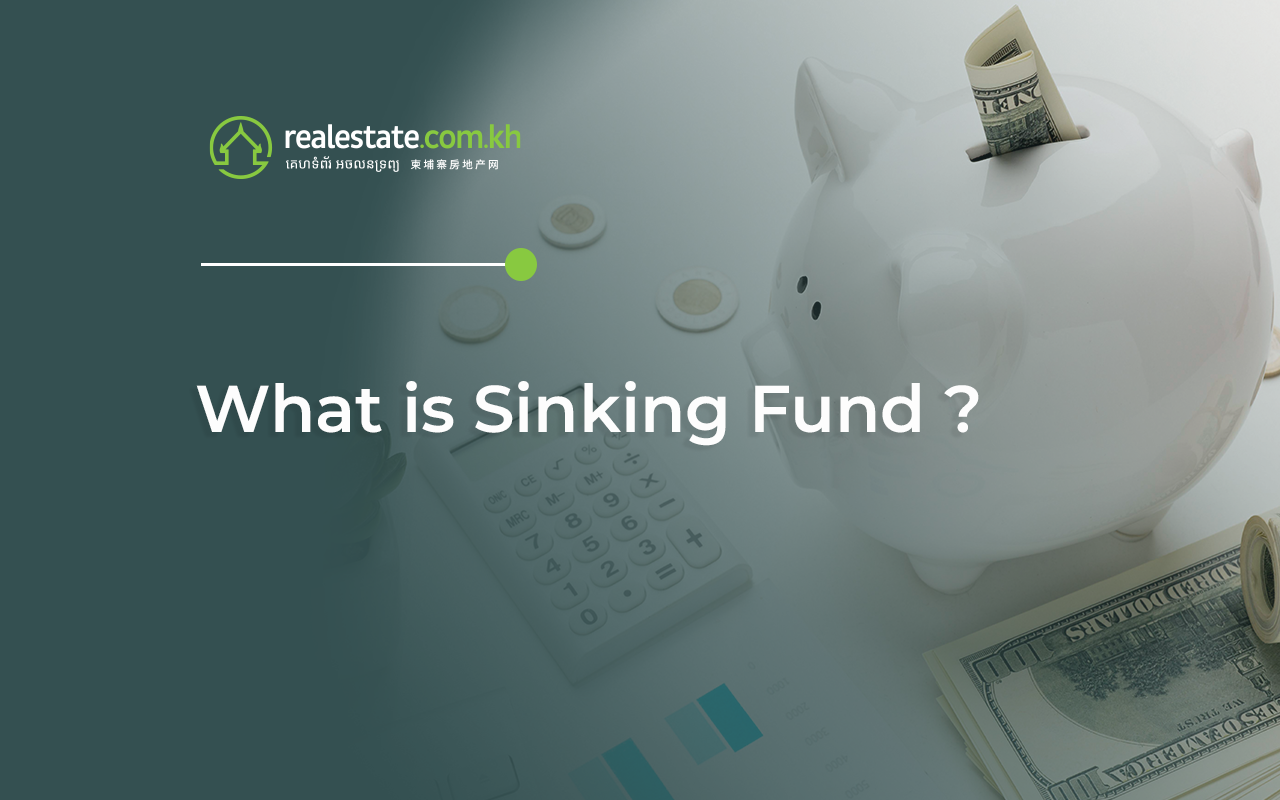When purchasing a property, it is essential for buyers to consider the importance of long-term maintenance and sustainability. Thus, having a reliable financial mechanism is crucial to meet eventual repairs or major renovations. This is where the concept of a sinking fund comes in handy. In this article, we will explain the significance of a sinking fund, exploring its purpose, relevance in real estate, calculations, and how it operates within the local context
What is a Sinking Fund?
A sinking fund is a designated pool of money set aside by an individual, corporation, or homeowners' association to accumulate funds over time for a specific purpose, such as repaying a debt or financing future expenses. It involves making regular contributions or deposits into the sinking fund with the goal of accumulating enough funds to meet a future financial obligation or goal.
Purpose of Sinking Fund
The primary purpose of a sinking fund is to ensure that there are adequate funds available when needed, thereby reducing sudden financial burdens. It is commonly used in various contexts, including corporate finance, personal finance, and real estate. In corporate finance, companies may establish sinking funds to gradually set aside funds for the repayment of long-term debts, such as bonds or loans. This allows them to systematically retire the debt over time.
On an individual level, sinking funds can be used to save for significant purchases or expenses, such as a down payment for a house, a vehicle, or a vacation. By regularly contributing to the sinking fund, individuals can accumulate the necessary funds and avoid the need for excessive borrowing or draining their savings all at once.
How are Sinking Funds Relevant to Real Estate?
Sinking funds are also relevant in the context of real estate, particularly when it comes to strata buildings or condominiums. In real estate, a sinking fund is a financial tool utilised by owners' corporations or homeowners' associations to ensure the availability of funds for future maintenance, repairs, and refurbishments of the property. For example, in a condominium, the sinking fund is set up to cover common emergency expenses and major capital works related to the building. This fund is built up over time by contributions from the individual unit owners, typically through regular payments or levies. The purpose is to accumulate sufficient funds to address significant expenses that may arise in the future, such as roof replacement, elevator repairs, or structural renovations.
By establishing a sinking fund, it can proactively plan for and finance the ongoing maintenance and improvement needs of the property. This helps distribute the financial burden among the owners and ensures that adequate funds are available when necessary, preventing the need for sudden special assessments or significant increases in fees.
How are Sinking Funds Calculated?
Using examples from other countries, sinking fund fees are calculated based on an audit of the building known as a sinking fund forecast. This audit is undertaken by a suitably qualified surveyor engaged by the owner’s corporation. This audit looks at the condition of the building, plant and machinery, and calculates the life cycle of these items, forecasting either the plants’ replacement or refurbishment in a set number of years, for example, 7, 15 and 20 years from the date of the audit. The audit will also calculate what these works may cost in the future. These costs will be broken down into per lot fees paid either monthly or annually, to be held in trust by the owners’ group until the refurbishment is required.
Sinking Funds In Cambodia
Although the Cambodian Government introduced the 2009 Sub-decree on the Management and Use of Co-owned Buildings that requires “ the co-owners to establish a management board or an executive committee as agreed among themselves following the prescribed internal regulations” the requirement to establish a sinking fund and its associated requirements are not completely covered by this decree.
If you're a newcomer to property investment in Cambodia or eager to make an informed decision, reach out to our real estate experts today for a consultation on the Cambodian property market. At Realestate.com.kh, we offer current insights and help customers find their dream properties every day.
If you are interested to learn more in detail about the properties available in Cambodia, our real estate experts are ready to assist you. Contact us today.





Comments